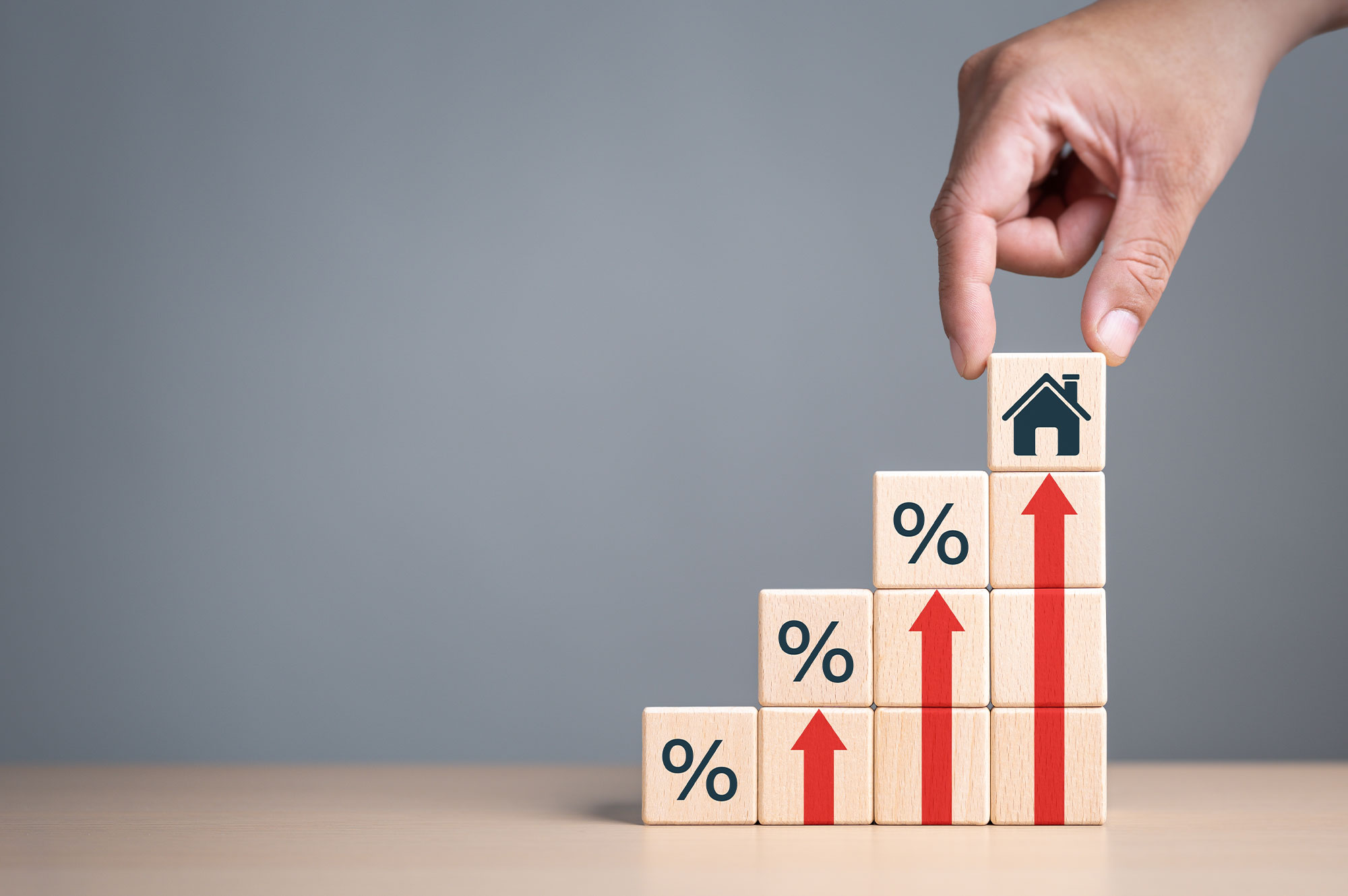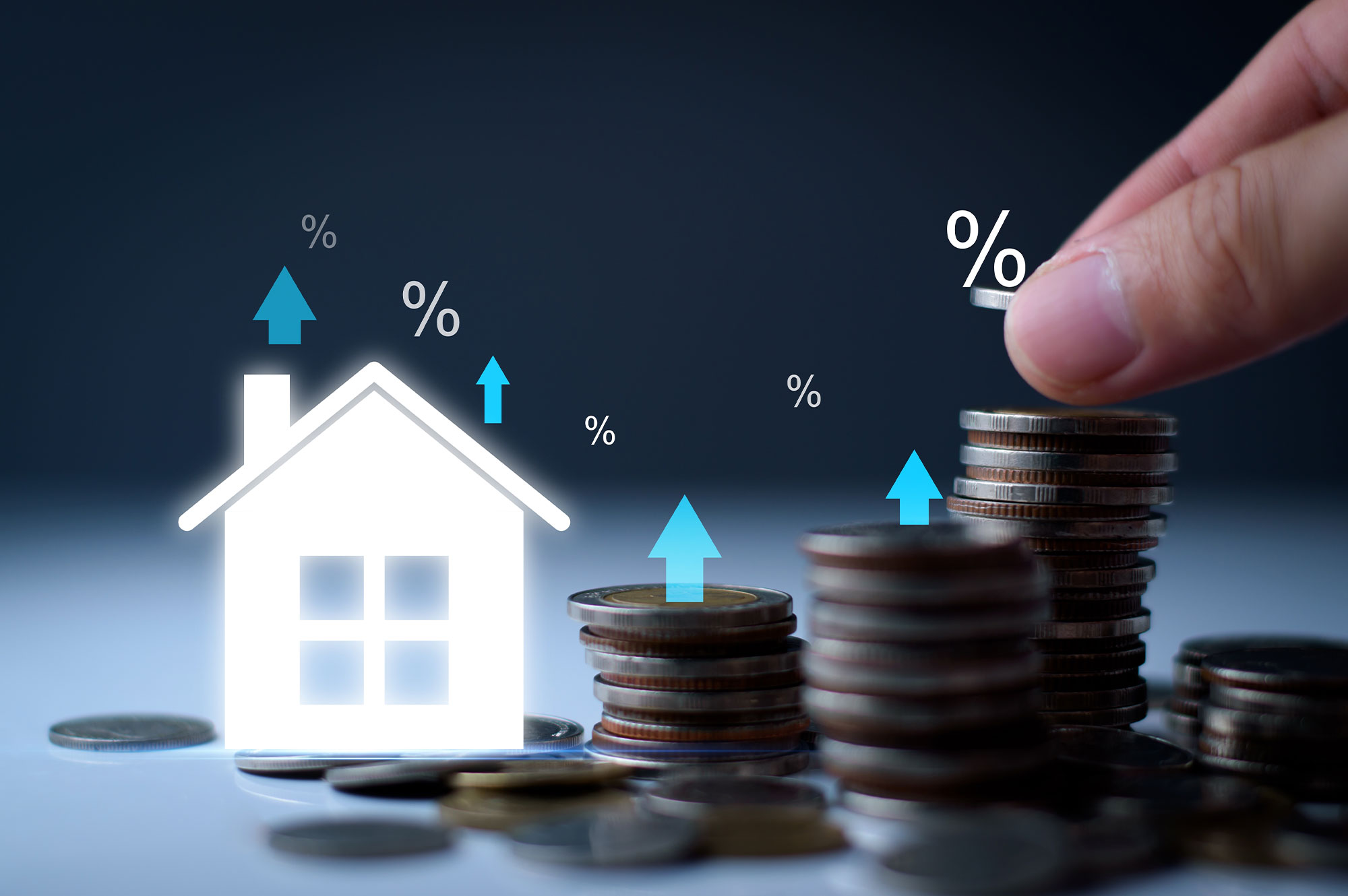If you’ve been watching Australia’s property market closely, you’ve likely noticed a significant shift – investors are making a strong comeback. New data reveals investor activity is growing at nearly four times the rate of owner-occupiers, signalling a major change in market dynamics.
As a property investor myself, I find these trends fascinating. Let’s dive into what’s really happening and what it means for your investment strategy.
The Big Picture: Investors Outpacing Homebuyers
The numbers tell a clear story:
- Investor loans surged 22% nationwide over the past year
- 192,843 investor loans were issued compared to 322,273 owner-occupier loans
- Owner-occupier growth lagged at just 6%
This isn’t just a minor fluctuation – if these trends continue, we could see:
- Approximately 234,000 investor loans nationwide in 2025
- Around 341,000 owner-occupier loans (showing much slower growth)
What’s driving this investor resurgence? From my experience, it’s a combination of factors including tighter rental markets, rising construction costs, and some states offering more favourable conditions for investors.

The Big Picture: Investors Outpacing Homebuyers
The numbers tell a clear story:
- Investor loans surged 22% nationwide over the past year
- 192,843 investor loans were issued compared to 322,273 owner-occupier loans
- Owner-occupier growth lagged at just 6%
This isn’t just a minor fluctuation – if these trends continue, we could see:
- Approximately 234,000 investor loans nationwide in 2025
- Around 341,000 owner-occupier loans (showing much slower growth)
What’s driving this investor resurgence? From my experience, it’s a combination of factors including tighter rental markets, rising construction costs, and some states offering more favourable conditions for investors.
State-by-State Breakdown: Where the Action Is
New South Wales: The Investor Hotspot
NSW has seen investor loans reach their highest level in five years, now making up 41.7% of all new loans – up significantly from 29.6% in 2020.
What’s particularly interesting is where this growth is coming from. Loans for newly built properties jumped 34% year-on-year, with the average loan size (872,306) exceeding that for existing homes (872,306) exceeding that for existing homes (827,099).
Mansour Soltani, Finance and Property Expert at Money.com.au, notes: “We’re seeing savvy investors target regional corridors outside Sydney where new estates offer better value. Many first-home buyers are adopting rentvesting strategies in these areas too.”
Queensland: From Lifestyle Choice to Investment Powerhouse
Queensland’s transformation has been remarkable. Investor loans now account for 40% of all new loans – nearly double the 22% share from just four years ago.
The Sunshine State recorded 26% year-on-year growth in investor lending, with strong demand across:
- Existing properties (up 29%)
- Land purchases (up 22%)
- Construction loans (up 18%)

“Queensland is shedding its reputation as just a lifestyle destination,” says Soltani. “With its relative affordability and strong rental yields, it’s becoming a serious contender for investors’ dollars.”
Mansour Soltani, Soren Financial
Western Australia: The Dark Horse
WA has been the standout performer in investor growth, surging 35% year-on-year to 25,660 loans. The growth here is broad-based:
- Land purchases up 64%
- Construction loans up 54%
- New builds up 41%
WA also leads in loan size growth, with owner-occupier loans up 16% to $557,261 and investor loans up 15.3% and investor loans up $525,553.
Victoria: High Costs Taking Their Toll
Victoria presents an interesting case. For the first time in two years, investor loan growth (10%) has matched owner-occupier growth. However, the state’s high costs are clearly impacting the market:
- Construction loans rose 22%
- Investor loans for new housing fell 20%
“Victoria’s property taxes are the highest in the country,” Soltani explains. “Between stamp duty and land taxes, many investors are looking to more affordable markets like Queensland and WA.”
What This Means for Investors
As someone who’s been through multiple market cycles, here are my key takeaways:
- Regional opportunities are real – The growth in regional NSW and Queensland isn’t just a COVID blip
- Construction costs matter – New builds command premium prices, so factor this into your calculations
- Tax differentials are significant – State taxes can make or break your investment returns
- Rentvesting is gaining traction – More first-home buyers are choosing this path, creating tenant demand

Looking Ahead: 2025 Predictions
If current trends hold, we can expect:
- Continued strong investor activity in Queensland and WA
- NSW to maintain its dominance but with more regional focus.
- Victoria may struggle to attract investors unless tax policies change.
- Construction costs will remain a challenge for new developments.
The bottom line? Australia’s property market is entering a new phase where investors are once again playing a major role. Whether you’re a seasoned investor or just starting out, understanding these trends can help you make smarter decisions in today’s complex market.

TORI DUNLAP
Tori is a finance blogger and researcher at OurTop10.com.au, where she enjoys helping people navigate the world of finance and money. Through her insightful articles and comprehensive research, she empowers readers with valuable knowledge on budgeting, saving, investing, and retirement planning.
Tori’s approachable and empathetic style makes complex financial concepts relatable and easier to understand, She aims to foster a sense of community and leave a lasting, positive impact on her audience’s financial well-being.
